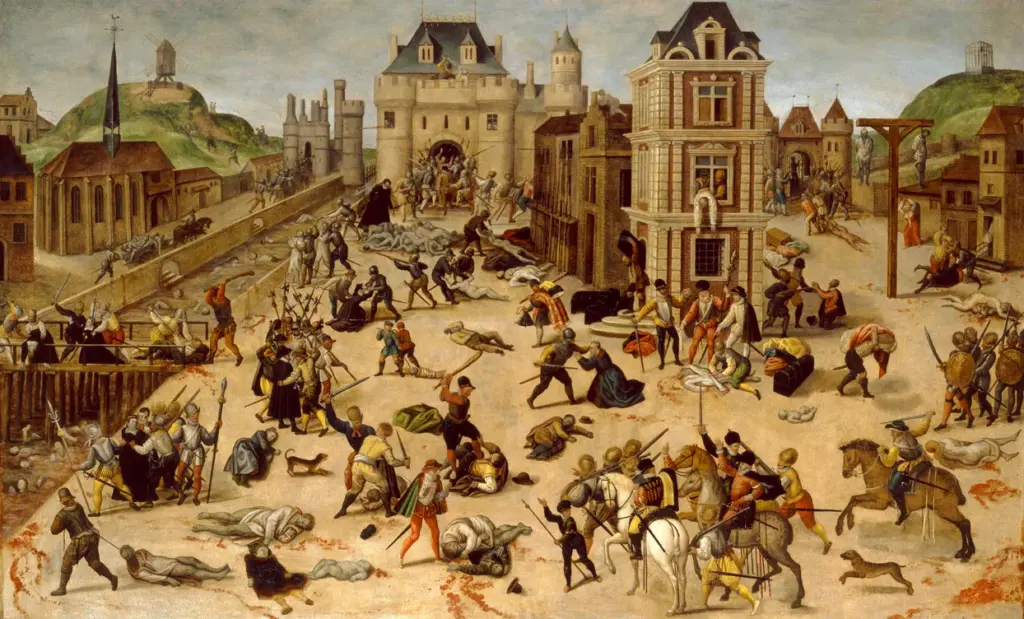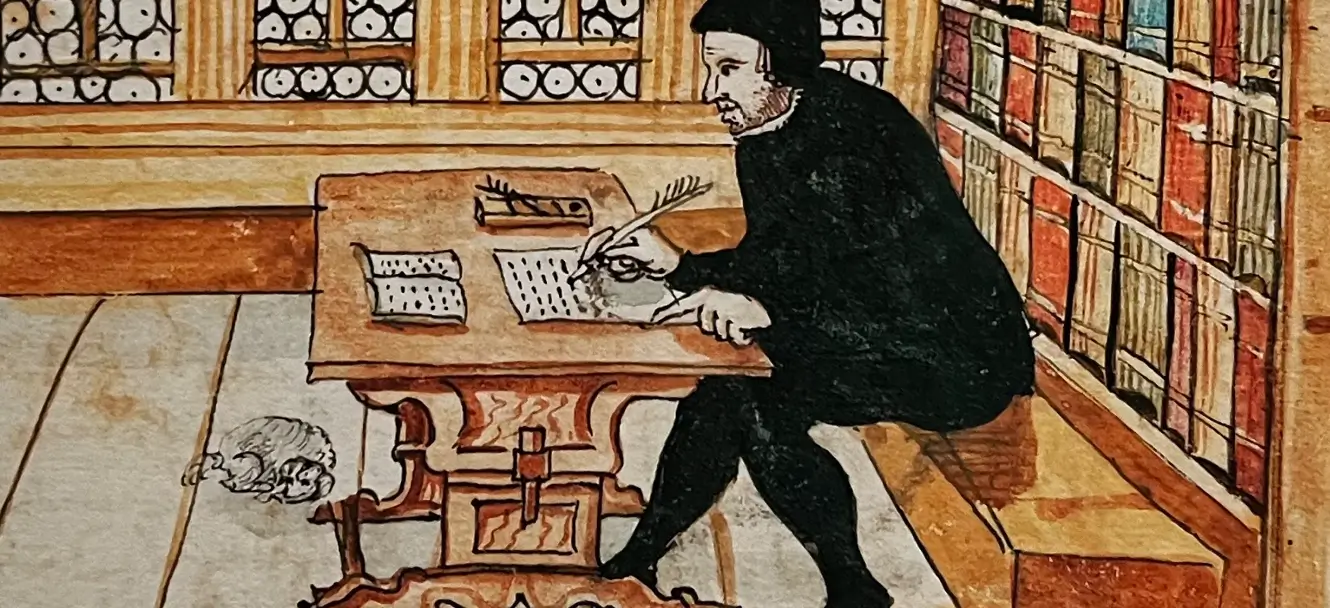
Peindre la religion au temps de Rembrandt
Mardi 13 février 2024, Musée International de la Réforme, 18h30 Inscription ...
RegistrationAll events
A central painting in the history of Protestantism. Founding work for the imagination of Protestants.
August 24, 1572. This is the date of the “Saint-Barthélemy’s Day massacre” in Paris, which actually took place over three days. Thousands of Protestants trapped in a city with closed doors are murdered. The episode takes place in the middle of the war of religions.
The work present at the Lausanne Cantonal Museum was painted by François Dubois, a Protestant artist who took refuge in Geneva, between 1572 and 1584, shortly after the events. It is unique in that the artist, without historians being able to assure it with certainty, would have been a direct witness to the event… and therefore to one or certain scenes represented on the painting, making work “a work of testimony, a rare approach at the time”, we explain to the cultural mediation of the MCBA.
Indeed, few such contemporary representations of the event exist. This explains why the work, although eminently subjective, has become, over time, the emblematic image of this massacre and of the wars of religion in the 16th century in general. It has featured for decades in most history books that deal with this subject.
Saint Bartholomew’s Day painting

Thousands of Protestants trapped in a city with closed doors are murdered. The episode takes place in the middle of the war of religions.
Theater scene
What do we see there? First a decor, which represents several emblematic buildings of Paris of the time (The Seine, on the right, the Faubourg Saint-Germain, on the left, the church of the Grands-Augustins which has now disappeared, the Porte de Buci, intentionally closed, The Louvre, the house of Admiral de Coligny, then leader of the Protestant party…). It is of course an unrealistic, symbolic representation, which aims to place the spectator “as if facing a theater stage”. On this scene, a series of sordid massacres, pleading victims, unarmed and alone facing heavily equipped hordes, a Seine overflowing with corpses. In the center, the assassination of Admiral de Coligny by the Duke of Guise, in three stages: defenestration, decapitation, emasculation. In the background, Catherine de’ Medici herself, contemplating a pile of corpses. An important hagiographical debate on the responsibility of this central figure of political power and the royal family in this massacre then took place.
In the middle, a figure stands out: a gentleman in red, dressed in a cape and a hat, seems overcome with fear. Some see a Catholic, placed here by the artist to remind us that the conflict was above all based on political opposition, and that not all believers were filled with hatred…
Source: www.reformes.ch
François Dubois (1529-1584)
The St. Bartholomew’s Day Massacre, c. 1572-1584
Facsimile of the original
© Cantonal Museum of Fine Arts of Lausanne






 Google Analytics & Pixel Facebook
Google Analytics & Pixel Facebook